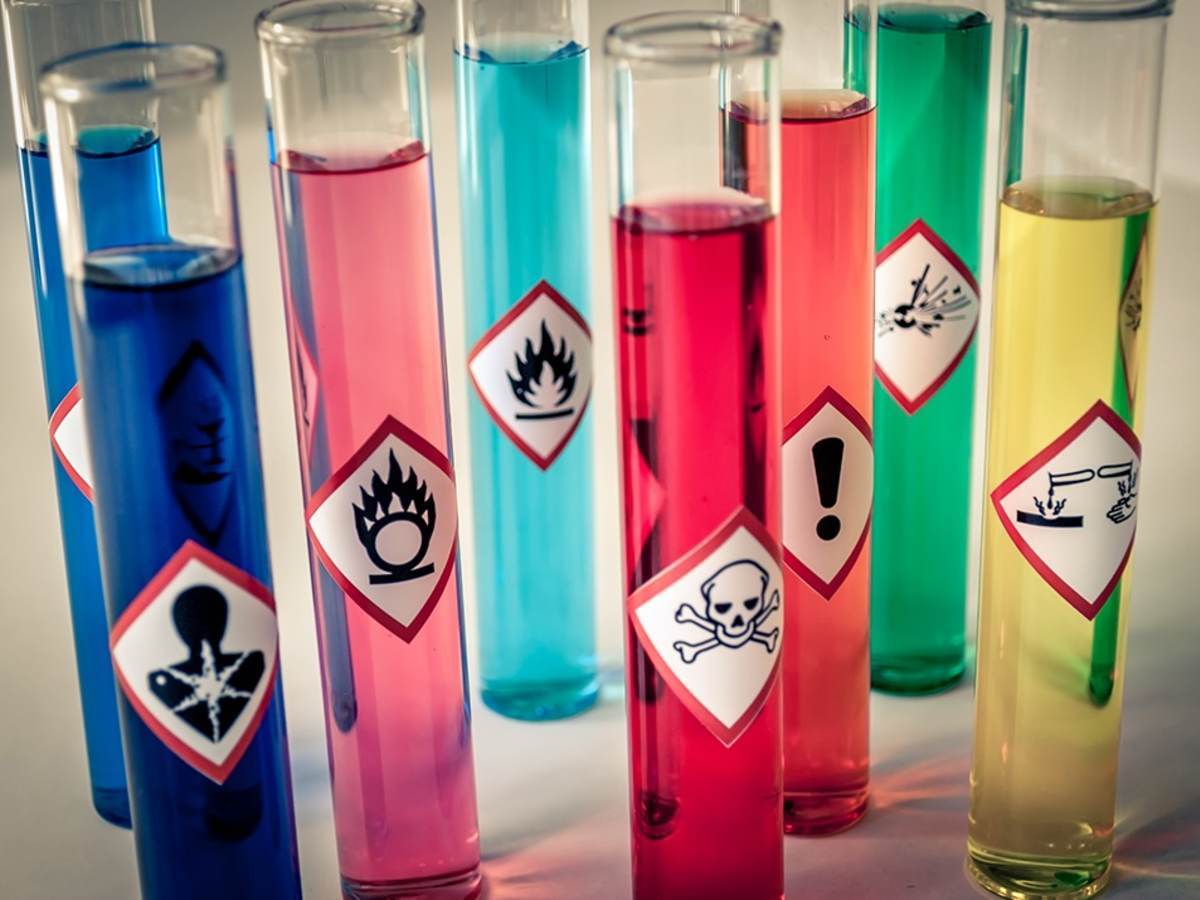June 26, 2023
By Monica Bartosik, Business Development, Chemical Segment, UL Solutions
There has been a flurry of recent enforcement and litigation in the news placing a spotlight on substances of concern also known as “forever chemicals.”
Per- and polyfluoroalkyl substances (PFAS) are a large, complex group of synthetic chemicals that have been used in consumer products to make them resist water, stains and flames since the 1950s.
There are many possible adverse health outcomes linked to PFAS and they remain in the environment for an unknown amount of time. Because they contain strong carbon-fluorine bonds, these chemicals do not degrade easily.
Perfluorooctanoic Acid (PFOA) and perfluorooctane sulfonate (PFOS) are two of the most popular PFAS chemicals, fluorinated surfactants that are highly effective at reducing surface tension of water and have been prohibited in most legislation. A US National Toxicology Program review found that PFOA and PFOS are immunotoxic to humans based on a high level of evidence of suppression of antibody response from animals and a moderate level of evidence from studies in humans.
Uncertainty and complexity
Thousands of PFAS chemicals have already been identified but the lack of a harmonized approach to managing PFAS substances is a global challenge.
The European Chemicals Agency (ECHA) is proposing a restriction of approximately 10,000 chemicals that they define as PFAS. The Organization for Economic Co-operation and Development (OECD) currently lists 4,730 PFAS substances. In the United States, legislation varies from state to state and at the federal level and with the dynamic change in the PFAS regulations it is increasingly difficult to track and understand.
PFAS are gaining attention with a lot of regulations, and it is only a matter of time until enforcement activities become more widespread.
California has served 47% of their total PFOA and PFOS Proposition 65 Notices of Violation in just the first six months of 2023.
In May 2023, Arizona, Maryland, New Mexico, Oregon and Washington introduced lawsuits against PFAS manufacturers for alleged environmental contamination and causing human health risks.
PFAS chemicals pose a significant impact. At the time of writing, a number of multi-national producers of PFAS chemicals were in discussions of settlements of around $11 billion to cover the cost of remediating drinking water facilities polluted by PFAS.
The prevalence of PFAS in such a wide range of products is driving the need for manufacturers, producers and suppliers to understand how their products are affected. Further, detailed information is required from the supply chain to increase visibility regarding product composition and components. Component and raw material suppliers need to understand how their products are being used and to be able to advise their customers on regulatory restrictions, as component materials and parts obsolescence due to the presence of PFAS will increasingly become a supply chain disruptor.
Recommended actions and considerations
- Review your product portfolio for PFAS chemicals - our latest content package for PFAS can provide a real-time analysis of your product data and identify any PFAS substances and their regulatory status.
- Confirm with your supply chain or raw material manufacturers the presence of PFAS content in material sourced.
- Establish a process to understand regulatory changes and variabilities.
- Analyze and evaluate replacing components containing PFAS chemicals in your portfolio and supply chain, as necessary.
- Stay current on the latest chemical regulatory and industry news by subscribing to the UL Solutions Regulatory Roundup Newsletter.
- Collaborate with our experts to assist with compliance and sustainability needs, and streamline the creation and maintenance of chemical registration by contacting us via UL.SupplyChain@ul.com.
Sources
Potential health effects of PFAS chemicals | ATSDR (cdc.gov)
Regulatory Roundup Newsletter
Never miss an update
UL Solutions, the global safety science leader, can keep you updated on the latest events with a variety of materials, ranging from the latest regulatory news, webinars, white papers, events, industry insights and more.
Subscribe to our monthly Regulatory Roundup Newsletter and stay up to date on current and upcoming regulations and all the latest chemical industry news.
Safety Data Sheet (SDS) Authoring and Labeling Services
Create, maintain and distribute comprehensive SDSs and labels to meet your increasingly complex global compliance requirements.
Chemical Regulatory Compliance
Manage your chemical compliance needs with the help of global regulatory expertise and leading resources.
Chemical Compliance Training
We provide a series of chemical regulatory training programs designed to help understand the diverse set of requirements and how to confront them.
Get connected with our sales team
Thanks for your interest in UL's products and services. Let's collect some information so we can connect you with the right person.





